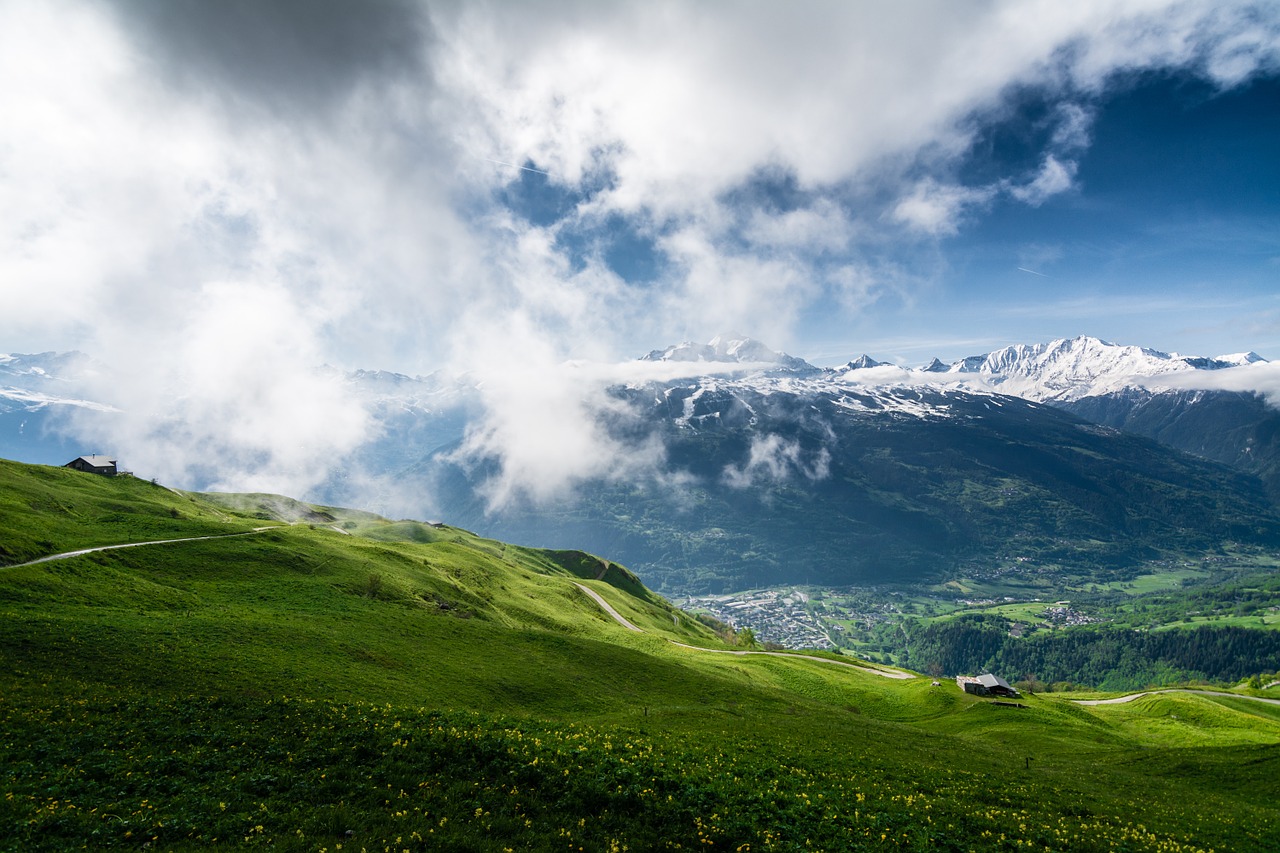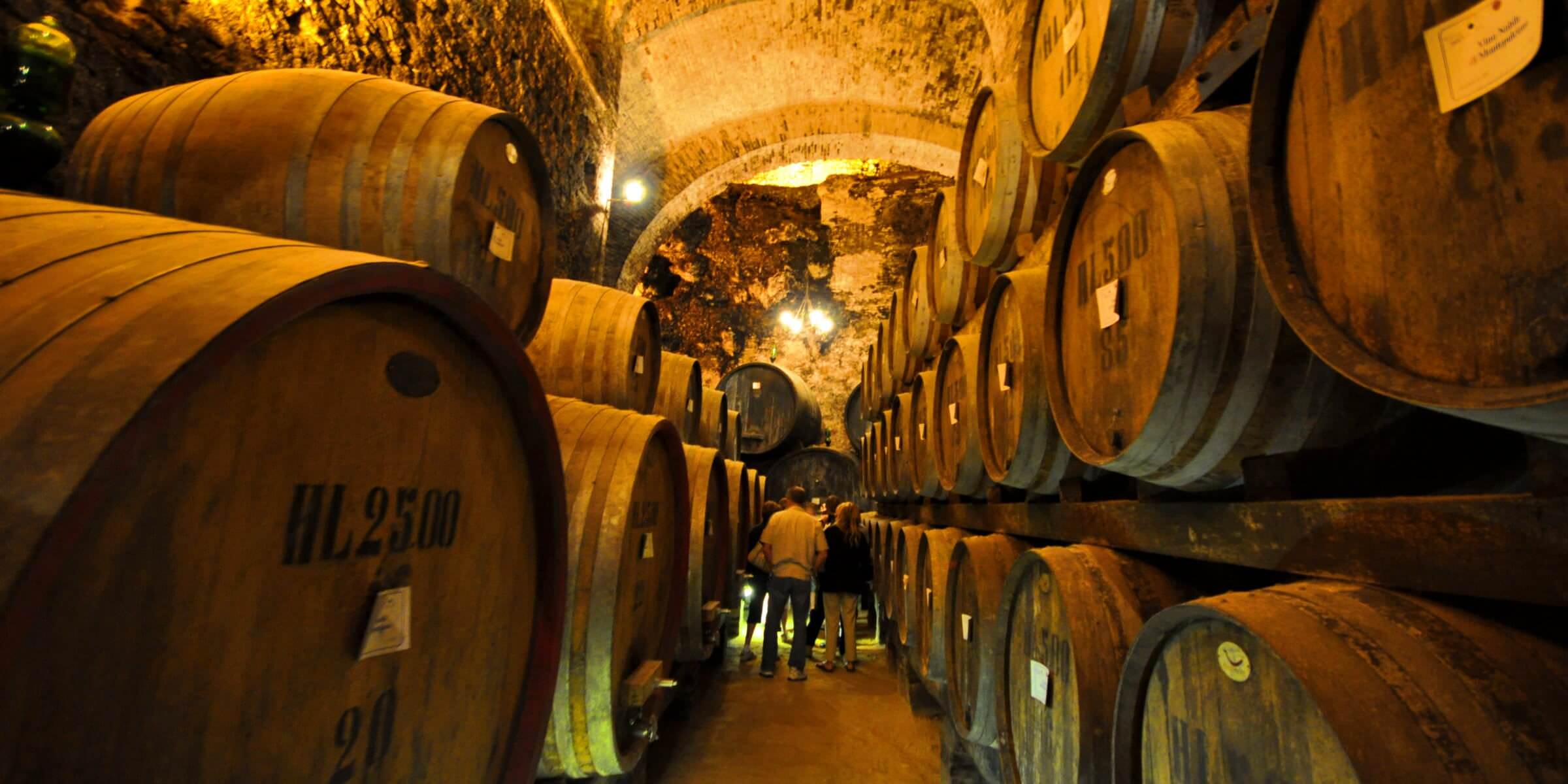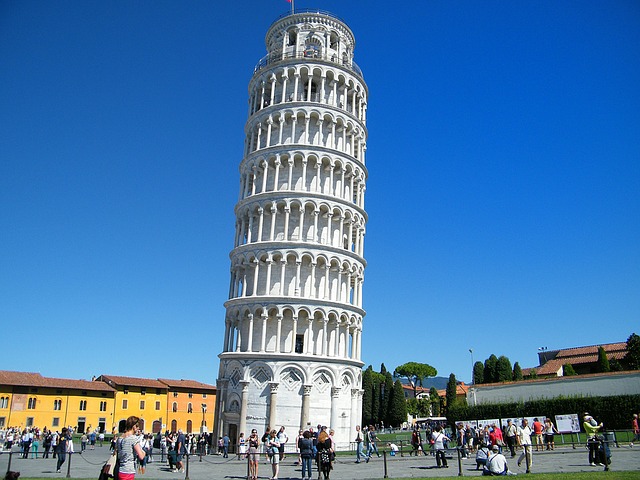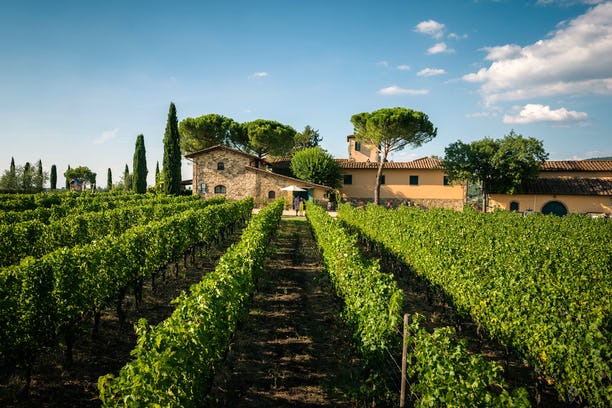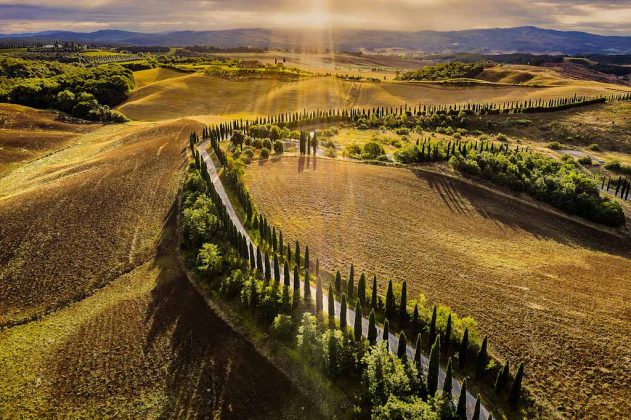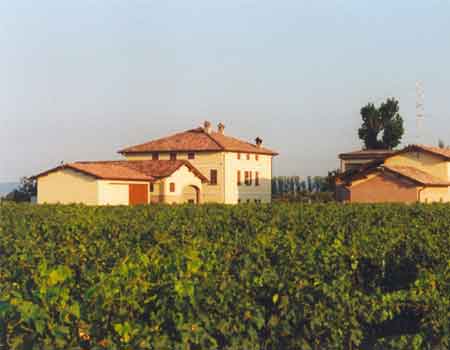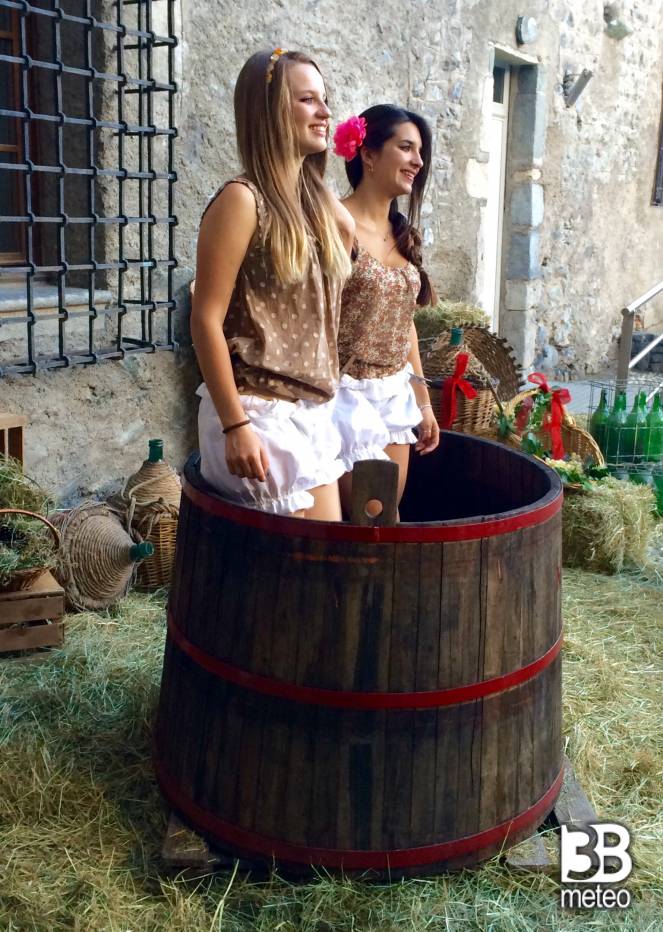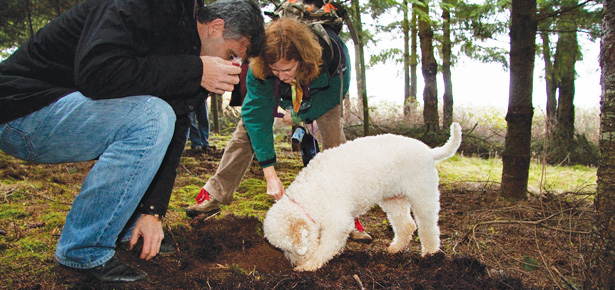In 1973, in fact, during the paving works of an ancient road of the castle of Montelupo, an ancient well was found, baptized the washhouse well. Used as a landfill for the nearby kilns, the sink well turned out to be a large archaeological deposit that collected evidence of the productions.
Its stratigraphy proved to be very useful and reliable in reconstructing the productive events of Montelupo. After the discovery, it was the Archaeological Superintendence of Tuscany that conducted the research campaigns which, in the two-year period 1975-76, thanks to patient restoration work on the materials found, produced about 300 ceramic specimens attributable to the first quarter of 1500.
These first materials were the nucleus of a first important exhibition that was held in Montelupo in the summer of 1977, in the premises of the then E. Corradini elementary school, which in 2008 will become the current seat of the Museum. In that period the Archaeological Group of Montelupo was born and consolidated, a group of volunteers who extended their research activity to the entire urban area of Montelupo. The recovery and subsequent restoration of the materials made it possible to reconstruct the activity of our potters from the fourteenth to the nineteenth century.
The municipal administration of Montelupo worked hard to give a prestigious seat to the archaeological heritage that was being formed, finally deciding to transform the town hall itself, the historic Palazzo del Podestà, into a museum.






